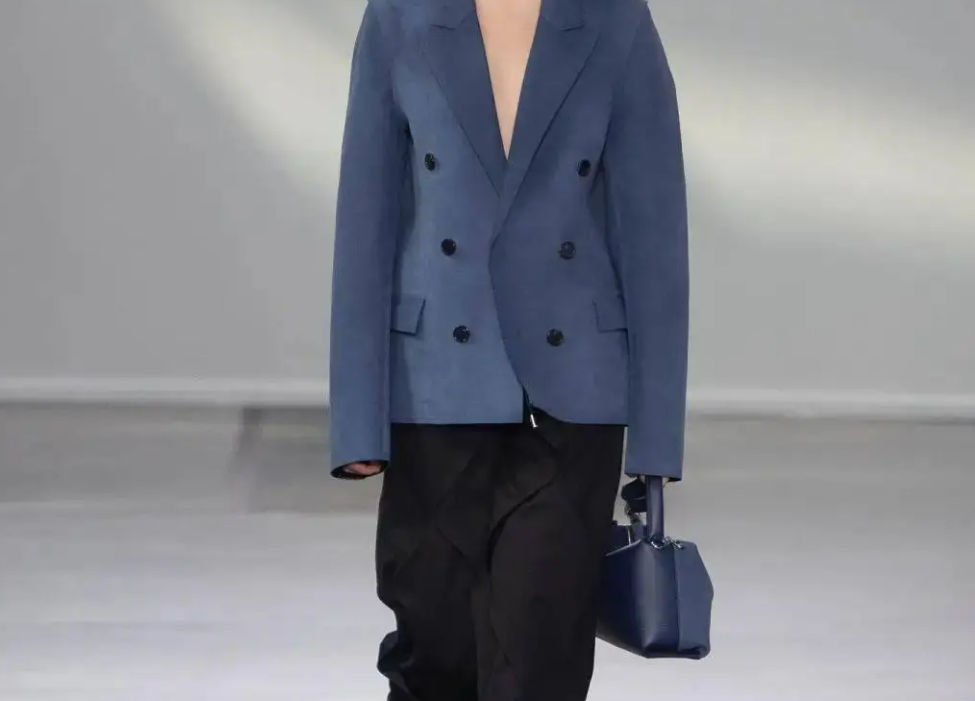
The environmental activist from Sarayaku, Ecuador, recounts how indigenous women are fighting the multiple threats facing their communities through the collective efforts of the Women of the Amazon Movement
Growing up in the Ecuadorian Amazon, Nina Gualinga was aware of the threat to the Kayawa Kichwa indigenous community from an early age, when an oil company entered her area to build a plant against the will of the local population. Since then, she has been a prominent advocate in the environmental movement, opposing the oil, mining and logging industries and speaking out on climate change.
Over the past few years, the 27-year-old activist has played a central role in the Mujeres Amazonicas (Women of the Amazon Movement). The movement is made up of women from six indigenous peoples (Kichwa, Shuar, Achua, Shiwiar, Sapara and Waorani). Here, Gualinga explains in her own words why women in Ecuador's Amazon region are coming together to fight the multiple threats they face, including oil exploration, climate change, and gender-based violence.
"Long before I was even aware of climate change, I was affected by the oil industry in my Sarayaku community as a child. When I was about eight years old, an Argentine oil company came into our community, even though we had made it clear that we did not want to drill for oil in our territory. Back then, we were a tiny community in the Amazon rainforest - I guess the oil companies thought it was one more community they could crush and destroy.
"Since the Ecuadorian Constitution recognizes the rights of indigenous peoples and our territory, my people fought back hard in court and with practical action here. It was a tense time. Fortunately, we were successful, but it took a decade-long battle before the Inter-American Court of Human Rights (IACHR) to get these abuses recognized.
"While my involvement in the environmental movement was motivated by my own future and the right to life and land in my community, I quickly realized that what was happening in my community wasn't just happening here. This is not an isolated case - it is playing out in many communities in the Amazon and elsewhere in the world.
"The same companies that are destroying indigenous peoples' lands and affecting every aspect of our lives are also doing the same things that are exacerbating climate change and causing huge problems for the planet."
Indigenous women fight to protect the rainforest
The Amazon Women's Movement began in 2013 as a response to the sale of oil concessions by the Ecuadorian government. Oil concessions allow companies to explore and extract oil in certain areas.
This affects six ethnic groups in the Ecuadorian Amazon: Kichwa, Shuar, Achua, Shiwiar, Sapara and Waorani. We organized a march to the capital, Quito, as a protest and to bring our struggle to light.
"We've been supporting each other ever since. Many of the women are leaders in their communities or in organizations in the Amazon region. Women from all ages and backgrounds came together because we were concerned about the impact of what was happening on our territory and the future of our children.
"The main work we do is to address the impacts of extractive industries, whether it's oil extraction, mining, deforestation, violations of indigenous collective rights, gender-based violence and climate change. Recently, we've been focusing on gender-based violence because these industries that contribute to climate change may also contribute to an increase in violence against women in the regions where they operate.
"This movement has become a safe space for indigenous women because as an indigenous woman it is not easy to fight the extractive industry. There are risks, as we've seen. For example, in 2018, the Amazon Women's Movement held a major event attended by 500 indigenous women, where we developed an enabling petition covering 22 demands to address issues such as land rights, gender-based violence, and climate change. After a week of protests outside the presidential palace, the petition was handed over to Ecuador's president. But since then, several indigenous women have been threatened and attacked for speaking out.
"On a personal level, being able to stand with each other as women and sisters is so important to all of us. The work I used to do, which was all about environmental work, has expanded to be about sisterhood, about healing, about inclusion, about love - it's really beautiful to me. This network of indigenous women doing the same work really empowers people."Let indigenous women's voices be heard
"Indigenous women have always played a very important role in families and communities, but until recently, that role was not very visible. Historically, a lot of the people we met outside the community were men who wanted to talk to men.
"But in our cosmology, women have a special connection to the Earth - and I think you can see that in our work." Indigenous women have so much knowledge passed down from generation to generation - often it is the women in our community who are caring for the children and raising the next generation. We also know that women and girls are disproportionately affected by climate change. Being an indigenous person, a woman and a land protector means you face violence in many forms.
"We play a vital role in protecting Amazon and our communities - and our voices need to be heard."

